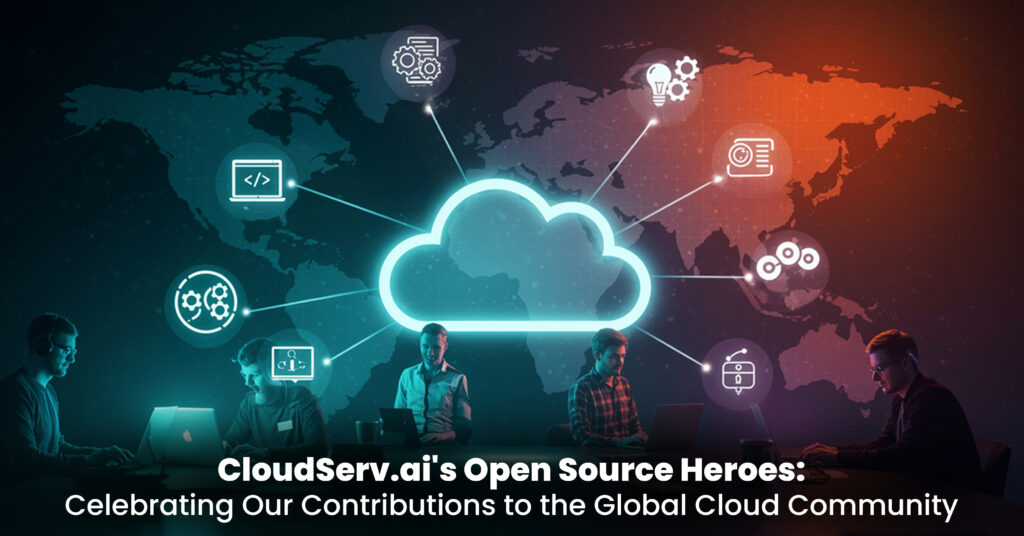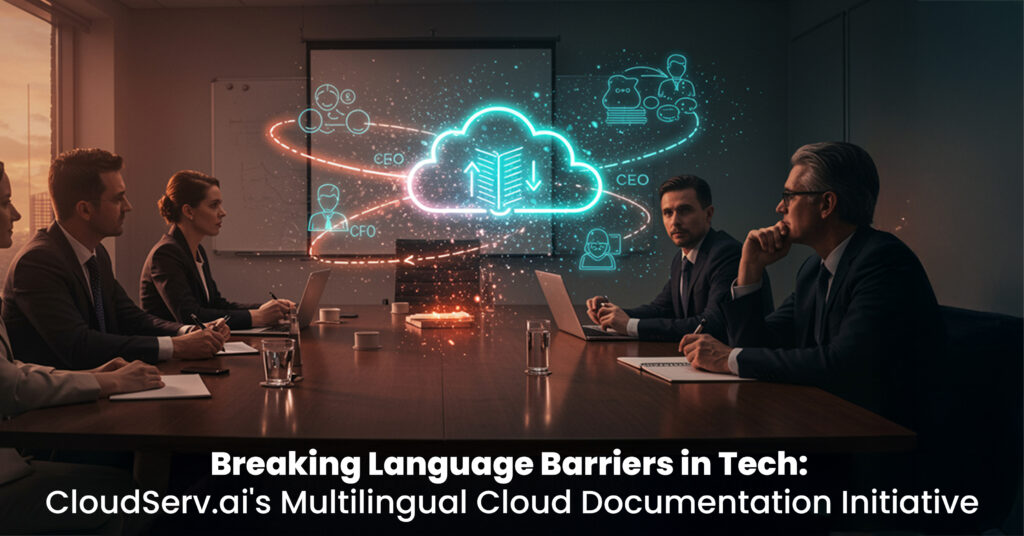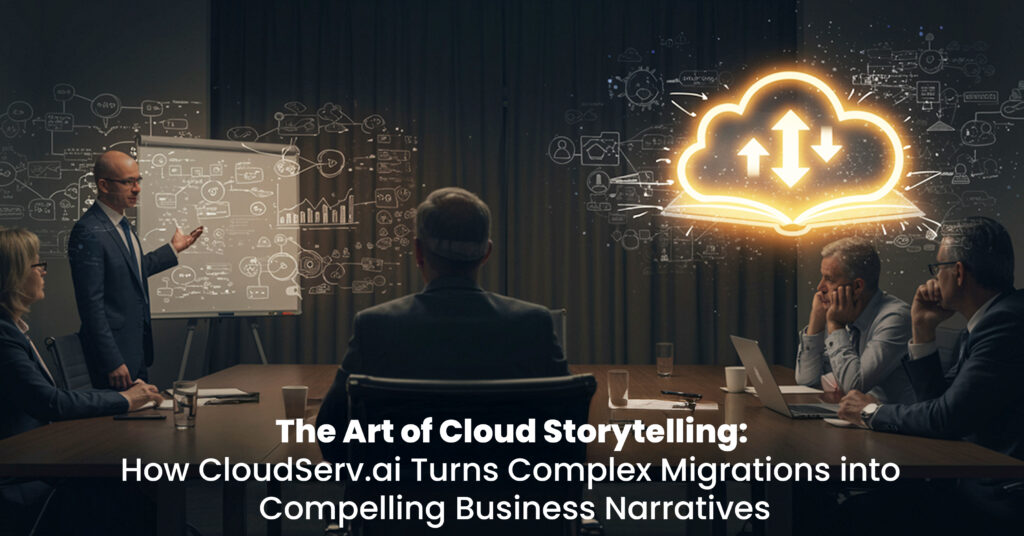Let’s be honest about something: most companies didn’t plan to become multi-cloud. It just… happened. Marketing chose AWS for their analytics project, IT went with Azure because of existing Microsoft licenses, and that innovative development team spun up Google Cloud for their machine learning experiment. Fast forward two years, and suddenly you’re paying three different cloud bills, managing three different security models, and your Oracle database is sitting in the middle of this digital chaos like a confused tourist trying to navigate three different subway systems simultaneously.
Sound familiar? Welcome to the accidental multi-cloud club population: basically every enterprise that’s been in business for more than five minutes.
But here’s where things get interesting. What if instead of viewing multi-cloud as an expensive accident, you could turn it into your secret weapon? What if your Oracle databases could seamlessly work across AWS, Azure, and Google Cloud as if they were all part of one beautifully orchestrated system?
That’s not wishful thinking that’s exactly what CloudServ.ai does. And the results might surprise you.
The Multi-Cloud Reality Check: Why Most Organizations Are Doing It All Wrong
Before we dive into solutions, let’s acknowledge the elephant in the server room: most multi-cloud strategies aren’t strategies at all. They’re just cloud sprawl with a fancy name.
The Accidental Multi-Cloud Problem: You start with one cloud provider for a specific project. Then another department chooses a different provider for their needs. Before you know it, you’ve got applications scattered across multiple clouds with all the coordination of a middle school band concert.
The Integration Nightmare: Each cloud speaks its own language, has its own security model, and charges differently for the same services. Your Oracle databases, which were supposed to be the central nervous system of your organization, end up fragmented across these platforms with duct-tape integrations holding everything together.
The Hidden Costs: You’re not just paying for compute and storage anymore you’re paying for data transfer between clouds, duplicate security tools, multiple monitoring systems, and the army of specialists needed to manage each platform. One global manufacturer we know was spending 40% more on cloud services than necessary, simply because they couldn’t optimize across their multi-cloud environment.
The Oracle Factor: Here’s what makes this even more complicated Oracle databases have specific performance, security, and compliance requirements that don’t automatically translate across cloud platforms. Moving Oracle workloads between clouds isn’t like moving a simple web application. It’s more like relocating a symphony orchestra every component needs to work in perfect harmony, or the whole performance falls apart.
CloudServ.ai’s Multi-Cloud Philosophy: Orchestra Conductor, Not Music Teacher
While other providers focus on teaching you how to manage each cloud individually, CloudServ.ai approaches multi-cloud like a world-class conductor leading a complex symphony. We don’t just help you play the notes we help you create beautiful music.
Oracle-First, Cloud-Agnostic: Instead of forcing Oracle to adapt to each cloud’s quirks, we design solutions that leverage each platform’s strengths while maintaining Oracle’s performance and security standards. Think of it as speaking fluent Oracle with AWS, Azure, and Google Cloud accents.
True Workload Orchestration: This isn’t about having the same application running on different clouds. It’s about intelligently placing workloads where they perform best while maintaining seamless connectivity and data consistency across platforms.
Unified Management: You shouldn’t need three different dashboards, three different security policies, and three different teams to manage a multi-cloud environment. CloudServ.ai creates unified management approaches that make multi-cloud feel like single-cloud just with more options.
Oracle + AWS: When Hyperscale Meets Enterprise Power
AWS and Oracle make an interesting couple like pairing a Formula 1 racing team with a Swiss watchmaker. Both are incredibly precise and powerful, but they approach problems differently.
The Sweet Spot: AWS excels at massive scale and diverse service offerings, while Oracle brings unmatched database performance and enterprise features. When integrated properly, you get the scalability of AWS with the reliability and performance of Oracle.
Performance Magic: CloudServ.ai optimizes Oracle workloads on AWS by fine-tuning everything from EC2 instance types to storage configurations. We’re talking about configurations that can deliver 50-70% better performance than standard deployments.
Data Pipeline Excellence: One of the most powerful combinations is connecting Oracle’s transactional databases with AWS data lakes. Your operational data flows seamlessly into S3 for analytics, gets processed through AWS analytics services, and provides insights back to Oracle applications all in near real-time.
Real-World Impact: A retail chain we worked with uses Oracle for point-of-sale transactions on AWS, with data automatically flowing to S3 for inventory analytics and customer behavior analysis. During Black Friday, their system handled 10x normal transaction volume without breaking a sweat.
Oracle + Azure: The Enterprise Power Couple
If AWS and Oracle are like a racing team and watchmaker, Oracle and Azure are more like a power couple who’ve been together for years and know exactly how to complement each other’s strengths.
Microsoft Ecosystem Synergy: Most enterprises already have significant Microsoft investments Active Directory, Office 365, Exchange, SharePoint. Azure’s tight integration with these services makes Oracle deployments incredibly smooth within existing enterprise environments.
Hybrid Cloud Mastery: Azure’s hybrid capabilities are particularly strong, making it ideal for organizations that need to keep some Oracle workloads on-premises while moving others to the cloud. CloudServ.ai designs hybrid architectures that feel like single, unified systems.
Development to Production Workflows: Azure DevOps integrated with Oracle databases creates incredibly smooth development pipelines. Code changes flow from development to testing to production environments with automated Oracle schema updates and data migration.
Enterprise Security: Azure’s enterprise-grade security features, combined with Oracle’s database security, create multi-layered protection that satisfies even the most paranoid compliance officers. We’re talking about security so comprehensive that auditors actually smile during reviews.
Oracle + Google Cloud: The Innovation Accelerator
Google Cloud brings something unique to the Oracle party artificial intelligence and analytics capabilities that can transform how organizations use their Oracle data.
BigQuery Integration: This is where things get really exciting. Oracle’s transactional data can flow seamlessly into BigQuery for analytics that would be impossible (or prohibitively expensive) to run on traditional Oracle infrastructure. We’re talking about analyzing petabytes of historical data to identify patterns that drive business decisions.
AI/ML Pipeline Magic: Google’s machine learning services can analyze Oracle data to predict customer behavior, optimize supply chains, and identify business opportunities. The integration is so seamless that Oracle applications can incorporate AI insights without users even realizing they’re leveraging Google’s AI infrastructure.
Kubernetes Orchestration: For organizations moving toward containerized Oracle deployments, Google’s Kubernetes expertise is unmatched. CloudServ.ai creates Oracle container strategies that leverage Google’s orchestration capabilities while maintaining database performance and security.
Innovation Catalyst: A manufacturing company we work with uses Oracle for production planning on Google Cloud, with AI services analyzing sensor data to predict equipment failures and optimize maintenance schedules. The result? 30% reduction in unplanned downtime and significantly improved production efficiency.
The Seamless Integration Framework: Making It All Work Together
Here’s where CloudServ.ai’s expertise really shines creating unified systems from diverse cloud components.
Unified Data Management: Your Oracle data should be accessible and consistent regardless of which cloud it’s running on. We create data synchronization strategies that maintain consistency without sacrificing performance. Changes made to Oracle databases on AWS automatically replicate to Azure and Google Cloud environments, with conflict resolution and consistency checks built into the architecture.
Intelligent Workload Placement: Not all workloads are created equal. Some perform better on AWS, others on Azure, and still others on Google Cloud. CloudServ.ai analyzes your specific workloads and places them optimally across clouds while maintaining seamless connectivity.
Cross-Cloud Security: Security policies should be consistent across all environments, but implementation needs to be platform-specific. We create unified security frameworks that translate into appropriate configurations for each cloud provider.
Cost Optimization Algorithms: Different clouds charge differently for similar services. Our cost optimization strategies automatically route workloads to the most cost-effective platform while maintaining performance requirements.
The Business Case: Why Multi-Cloud Oracle Integration Actually Matters
Let’s talk about why this isn’t just technical elegance for its own sake it’s about real business advantages.
Vendor Negotiation Leverage: When you’re not locked into a single cloud provider, you can negotiate better terms with all of them. One client reduced their overall cloud costs by 35% simply by having credible alternatives during contract negotiations.
Geographic Expansion: Different cloud providers have different global footprints. Multi-cloud Oracle strategies enable you to enter new markets using the cloud provider with the best local presence while maintaining data consistency across regions.
Risk Diversification: Cloud outages happen to everyone eventually. Multi-cloud Oracle deployments can automatically failover between providers, ensuring business continuity even during major cloud provider outages.
Innovation Access: Each cloud provider excels at different innovations. AWS leads in breadth of services, Azure excels at enterprise integration, and Google Cloud dominates in AI/ML. Multi-cloud strategies give you access to best-of-breed innovations from all providers.
Cost Optimization: By intelligently placing workloads across clouds based on cost and performance characteristics, most organizations achieve 30-50% cost savings compared to single-cloud deployments.
Implementation: From Chaos to Orchestration
Transitioning from cloud sprawl to orchestrated multi-cloud isn’t something you do over a weekend, but it’s not as complex as most organizations fear.
Assessment and Reality Check: CloudServ.ai starts by mapping your current multi-cloud situation. We identify what’s working, what’s not, and where the biggest opportunities exist. This often reveals surprising insights about actual cloud usage and costs.
Strategic Workload Planning: Not every workload needs to be multi-cloud. We help you identify which applications benefit from multi-cloud deployment and which are better served by staying put. The goal is optimization, not complexity for its own sake.
Phased Integration: We implement multi-cloud Oracle integration in carefully planned phases, starting with low-risk workloads and gradually expanding to more critical systems. Each phase proves value before moving to the next.
Ongoing Optimization: Multi-cloud environments require continuous optimization as cloud providers add new services and adjust pricing. CloudServ.ai provides ongoing management that keeps your multi-cloud strategy aligned with business objectives.
Addressing the Inevitable Concerns
“Won’t this make everything more complex?” Initially, yes but that’s like saying learning to drive is more complex than walking. The complexity is front-loaded during implementation, but the long-term operational simplicity and business benefits far outweigh the initial learning curve.
“What about data sovereignty and compliance?” Multi-cloud strategies actually improve compliance by giving you more options for data placement and redundancy. We design architectures that meet regulatory requirements while maximizing operational flexibility.
“How do we manage costs across multiple clouds?” CloudServ.ai’s unified cost management approaches provide better visibility and control over multi-cloud spending than most organizations have with single-cloud deployments. You’ll actually understand your cloud costs better, not worse.
Your Multi-Cloud Oracle Journey Starts Here
The future of enterprise infrastructure isn’t about choosing the perfect cloud provider it’s about orchestrating multiple cloud providers to create something more powerful than any single platform could provide.
CloudServ.ai’s multi-cloud Oracle expertise transforms what most organizations see as an accidental problem into a strategic advantage. We help you move from managing cloud sprawl to conducting a cloud symphony.
Ready to turn your multi-cloud challenge into a competitive advantage? CloudServ.ai’s multi-cloud specialists can assess your current environment and design a strategy that leverages the best of AWS, Azure, and Google Cloud while optimizing your Oracle investments.
Because the question isn’t whether multi-cloud is in your future it’s whether you’ll master it before your competitors do.



